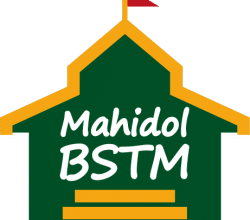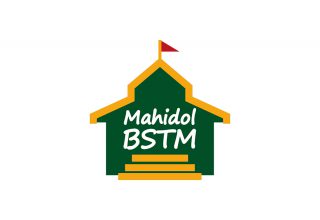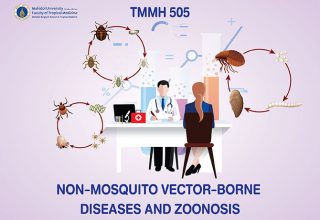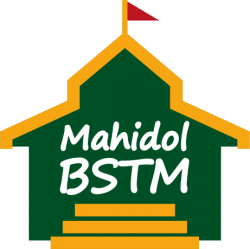Course Description
Techniques used in characterization and identification of medical important bacteria, fungi and viruses from patients’ specimens. Systematic accession of the biological information from the internet. Storing, analyzing, comparing, and interpreting biological data. Application of bioinformatics
- 28 Sections
- 13 Lessons
- 52 Weeks
Expand all sectionsCollapse all sections
- TMMI510-01 Bacterial classification0
- TMMI510-02 Bacterial physiology0
- TMMI510-03 Bacterial genetics0
- TMMI510-04 Bacterial pathogenicity0
- TMMI510-05 Aerobic Gram positive bacilli and cocci0
- TMMI510-06 Aerobic Gram negative cocci and coccobacilli0
- TMMI510-07 Enterobacteriaceae0
- TMMI510-08 Vibrios, aeromonas0
- TMMI510-09 Non-fermenters0
- TMMI510-10 Anaerobic Gram positive bacteria0
- TMMI510-11 Anaerobic Gram negative bacteria & campylobacter, helicobacter0
- TMMI510-12 Spirochetes0
- TMMI510-14 Mycobacteria1
- TMMI510-15 Mycoplasma1
- TMMI510-16 Rickettsia1
- TMMI510-17 Chlamydia1
- TMMI510-18 Virus structure and classification1
- TMMI510-19 Viruses causing STD1
- TMMI510-20 Viruses causing zoonotic infections1
- TMMI510-21 Respiratory viruses and viruses causing skin diseases1
- TMMI510-22 Hepatitis viruses0
- TMMI510-23 Enteric viruses0
- TMMI510-24 Superficial and cutaneous mycoses1
- TMMI510-25 Systemic and deep mycoses1
- TMMI510-26-1 Opportunistic infections1
- TMMI510-26-2 Opportunistic infections1
- TMMI510-26-3 Opportunistic infections1
- TMMI510-26-4 Opportunistic infections0




